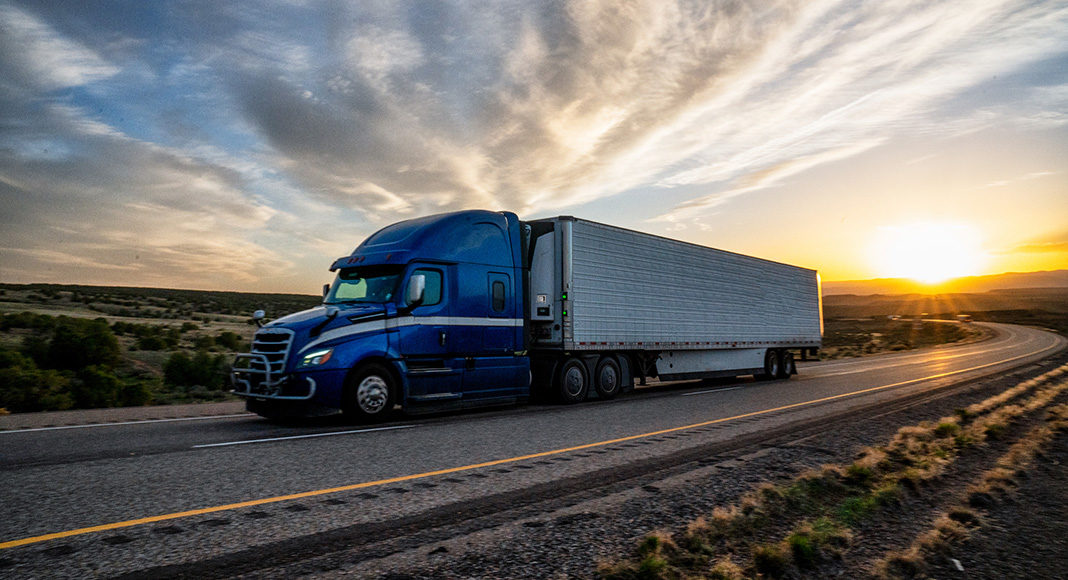Trucking companies that prioritize safety through management practices and use of advanced technologies can greatly improve their performance, according to a new study from the National Surface Transportation Safety Center for Excellence (NSTSCE) at the Virginia Tech Transportation Institute.
Researchers worked with the National Safety Council (NSC), commercial motor vehicle insurance company Travelers and state trucking associations to identify nine carriers that experienced significant improvements in safety, including those once classified as “high risk” by the Federal Motor Carrier Safety Administration (FMCSA).
The researchers interviewed the carriers about their safety improvement strategies to identify best practices.
The study’s major findings were:
- Six out of nine carriers reported that building a strong safety culture increased safety outcomes. Carriers that had developed a well-rounded safety culture experienced a substantial reduction in FMCSA-reportable crashes.
- Six out of nine carriers reported that adopting at least one advanced safety technology significantly improved safety outcomes. One carrier reported a 56 percent decrease in preventable, rear-end collisions after equipping its trucks with automatic emergency braking systems.
- Of the 69 strategies reported, 59 were pre-crash countermeasures. Furthermore, a large portion of the pre-crash countermeasures, or proactive actions taken by carriers, focused on the management culture and leadership buy-in on safety.
- There was no single fix for improved safety performance. None of the carriers that significantly improved safety implemented only one change. Instead, all the carriers made comprehensive adjustments.
“The results of this study indicate that a comprehensive approach to reducing crashes — which includes deploying advanced technology and building a strong organizational safety culture — can reduce fatalities and injuries on our roadways,” said Alex Epstein, NSC Director of Transportation Safety.
“We hope other carriers are able to learn from this research and take action to make their own fleets safer, the end result being safer roads for all and closer to our goal of zero fatalities.”



















